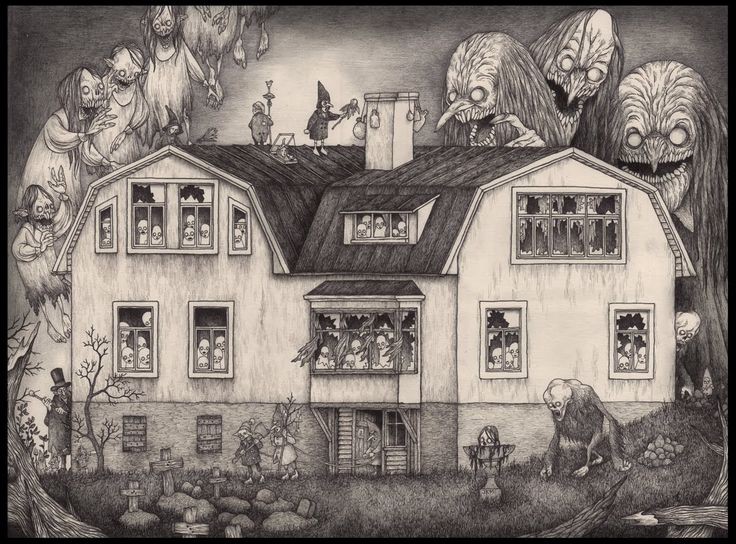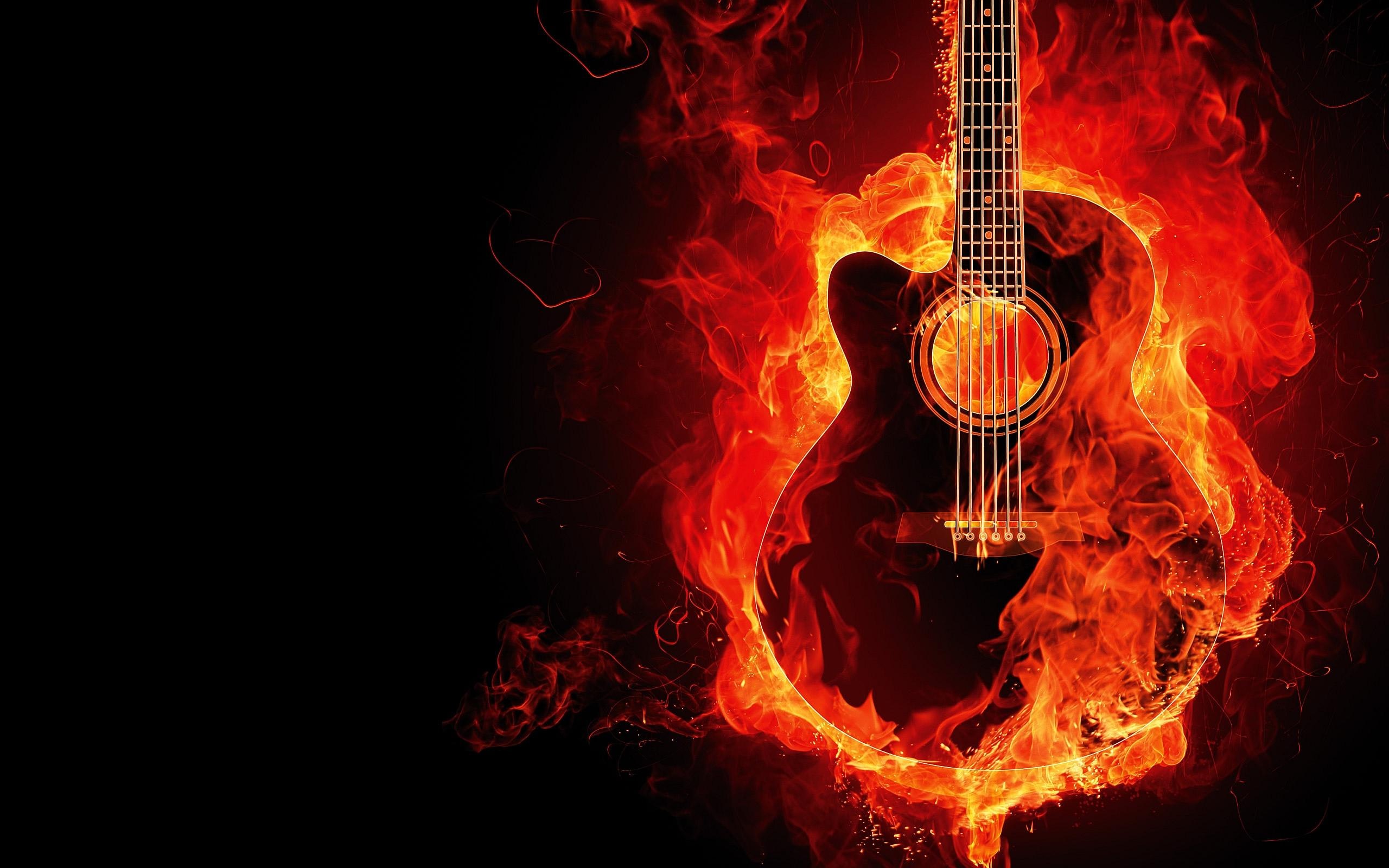interviews
A Sense Of The Music: An Interview With Anthony Marra, Author Of The Tsar of Love and Techno

The novelist Anthony Marra grew up in Washington, D.C., a more literary city than you might have heard. As a D.C. native and current resident, I wanted to ask him about the time he spent reading and writing here, but as it turned out, we had too many other places to discuss. Marra is now a resident at the American Academy in Berlin, and he’s spent the past several years writing about the Chechen conflict, first from the Chechen perspective in his debut novel A Constellation of Vital Phenomena and now from the Russian perspective in The Tsar of Love and Techno (Hogarth 2015). Our conversation started in Berlin, moved east to Russia, and somehow got all the way to Northern California and the punk band Screeching Weasel.
LM: Thank you for talking to us from Berlin! I have to ask: are you working on something set in Europe right now?
AM: I’m working on a new novel, which is set in Los Angeles and in Italy. I’ve decided that I’ve reached the end of my time with the Russian world, and I’m not working on anything too German, either.
LM: So you went from living in California, where you were writing a book set in Eastern Europe, to living Eastern Europe, where you’re writing a book set in California.
AM: Right. I have to be ten time zones away from my setting or it just doesn’t work.
LM: Did you visit Russia or Chechnya when you were working on The Tsar of Love and Techno?
AM: I did. Toward the tail end of working on A Constellation of Vital Phenomena, I spent a month traveling from Chechyna to the Russian Arctic. I was working on Constellation and Tsar simultaneously then, and I wanted to travel the geographical span of Tsar, which was quite useful in terms of orienting myself fictionally in this place.
LM: It’s amazing that you could work simultaneously on Constellation and Tsar, which are both big, complex books. How did you keep them apart in your head?
We tend to think that short stories are a bit of the minor leagues, but I began to realize that short stories give you a much broader canvas…
AM: Well, Tsar began as a series of unconnected short stories. I only began to put pressure on myself to make it big and ambitious when Constellation was published. I wanted to fulfill readers’ expectations, and so I decided that I was going to try to take these completely unconnected stories and find a way of making them feel so intertwined that if you lost one, the whole structure of the book would collapse. We tend to think that short stories are a bit of the minor leagues, but I began to realize that short stories give you a much broader canvas, and that I could traverse almost a century in this book, which would be virtually impossible in a novel. So I began finding ways of connecting these nine stories, and wound up losing a third of them, writing three new ones, collapsing scenes and characters. And it was really right up to the wire, figuring out how all of it would piece together.
LM: Speaking of minor leagues, your epigraph is the phrase “It’s a minor work.” You’re quoting Piotr Zakharov on the landscape painting that links the stories in Tsar, but it’s a bold move. Can you talk to me about that choice of epigraph?
AM: [laughing] You can’t take yourself too seriously. Plus, like I was saying, short stories are often seen as minor works, and so is Zakharov’s canvas — it’s the least important painting in his body of work, and yet it’s so significant to the lives of these various characters. My girlfriend is an art historian, and when we go to a museum she’ll go to the corner of the room, find a painting by an obscure artist, and be able to tell an amazing story about it, and it got me thinking about the hidden histories of these works, which rival, in terms of drama and emotion, anything that actually could be depicted.
LM: The stories in Tsar are so full of art, and all kinds of art. You’ve got art restorers, painters, a ballet dancer, and a movie star. Was that part of the linking, or were you always writing about art and artists?
AM: It was a little bit of both. When I was beginning to link the stories I was searching for moments of echo between them, where theme or idea or image were repeating. So blindness, for instance, comes up in a number of stories. And I suppose I see Tsar and Constellation as two sides of the same coin — the Chechen conflict, with Constellation on the Chechen side and Tsar on the Russian side. And I think they have a lot of overlap in terms of idea as well as subject matter, and one of the overlapping ideas is that art has the potential for rescue and restoration, but also to be used as a means of coercion, for propaganda.
LM: Let’s talk about Galina, the movie star. Every other character in the novel is, in his or her life, a sort of minor work — and Galina’s face is on billboards. She has this meteoric rise to and fall from fame. How did you come to create a character whose life happens on such a different plane than the rest?
AM: She was a product of voice. The story that focuses on her, “Granddaughters,” is told in the first person plural, and I loved the idea of having a story that is told in a collective voice — it seemed to belong to the place and period. And one of the ways to focus a story told in the plural is to tell the story of a specific figure, and use the plural as this gossipy voice discussing that figure.
LM: So let’s move from voice to structure. I’ve read novels that were built from short stories before, but never a novel built as a mixtape. Where did that come from?
You want the mixtape to become something much larger than the sum of its parts — not just a bunch of love songs.
AM: Well, in high school, I’d make mixtapes for people I had crushes on, and in hindsight I think that was my first attempt at narrative-making. You want the mixtape to become something much larger than the sum of its parts — not just a bunch of love songs. That was the guiding principle of this book. I wanted it to have the cohesiveness of a very good mixtape. Plus, it’s self-referential in that one of the characters, Alexei, becomes obsessed with techno in his adolescence and makes all these mixtapes. He gives one to his brother Kolya, and it becomes a symbol of everything that Kolya loves and everything that he fears losing. He doesn’t listen to it, so it becomes a line of tension until the very end of the book — what’s on the mixtape?
LM: Did you always plan for the book to end with the reader finding out what’s on the mixtape?
AM: Yeah. Giving the level of complexity of the book, it seemed like a good way to bring the book down to earth a bit.
LM: Who did you read while you were writing this book, and who are your big literary influences overall?
AM: Ann Patchett. There’s just this incredible humanity in her work. The writers who have meant a lot to me tend to be comic writers who write about tragedy, I suppose. José Saramago, and this Czech writer, Bohumil Hrabal, who no one in the United States seems to know. He’s able to move from these beautiful and hilarious moments to something completely crushing, and then swing back again. One of his best books is called Too Loud a Solitude, and it ends with a body being put in the ground and a kite flown in the same paragraph, and the way he manages to hit both ends of the keyboard is something that I’ve been deeply influenced by. If you can laugh with a character, you invest in them in a way that makes the story more emotionally impactful when it gets serious.
LM: And now the same question about music. The Tsar of Love and Techno did not feel techno-ey, which is a compliment, but did you have to listen to techno when you were writing?
AM: A little. I did find some wonderfully cheesy Russian club music on Spotify, but I ended up listening to a lot more Tchaikovsky. That, more than techno, is the musical melody that moves through several of these stories.
LM: Two final questions. First, what’s the best mixtape you’ve ever made, barring this book?
People always say that smell is the sense most closely tied to memory, but I would guess that hearing will bring you back just as well, even if what you’re hearing is Screeching Weasel.
AM: When I was in high school I was really into pop-punk — you know, bands like the Mr. T. Experience and Screeching Weasel, cheesy, infectious Northern California punk bands from the ’80s and ’90s. A couple years ago I was trying to give someone a sense of that music, which I hadn’t listened to in years, and I spent a week going through all my old CDs and being brought back to all those teenage memories and places. People always say that smell is the sense most closely tied to memory, but I would guess that hearing will bring you back just as well, even if what you’re hearing is Screeching Weasel.
LM: I think so. Second, if you were going to make a mixtape for the reader of this book — not a soundtrack, but the right music to go along with it — what songs would have to be on it?
AM: I made one, actually. If you go to Spotify and type in “tsar of love and techno,” there’s a playlist that follows the emotional contours of the novel. It’s got a crazy techno remix of the march from the Nutcracker, and a dance track called “Outer Space Pilot.” So you can in fact listen to the mixtape version of The Tsar of Love and Techno.









